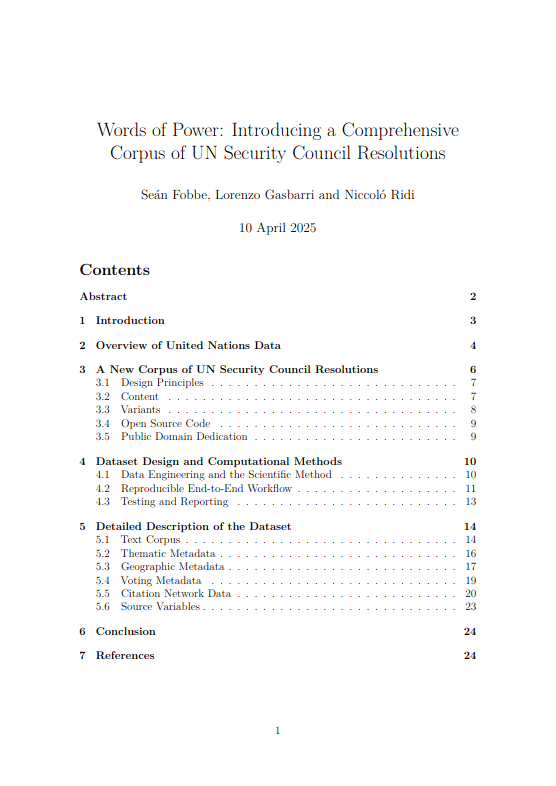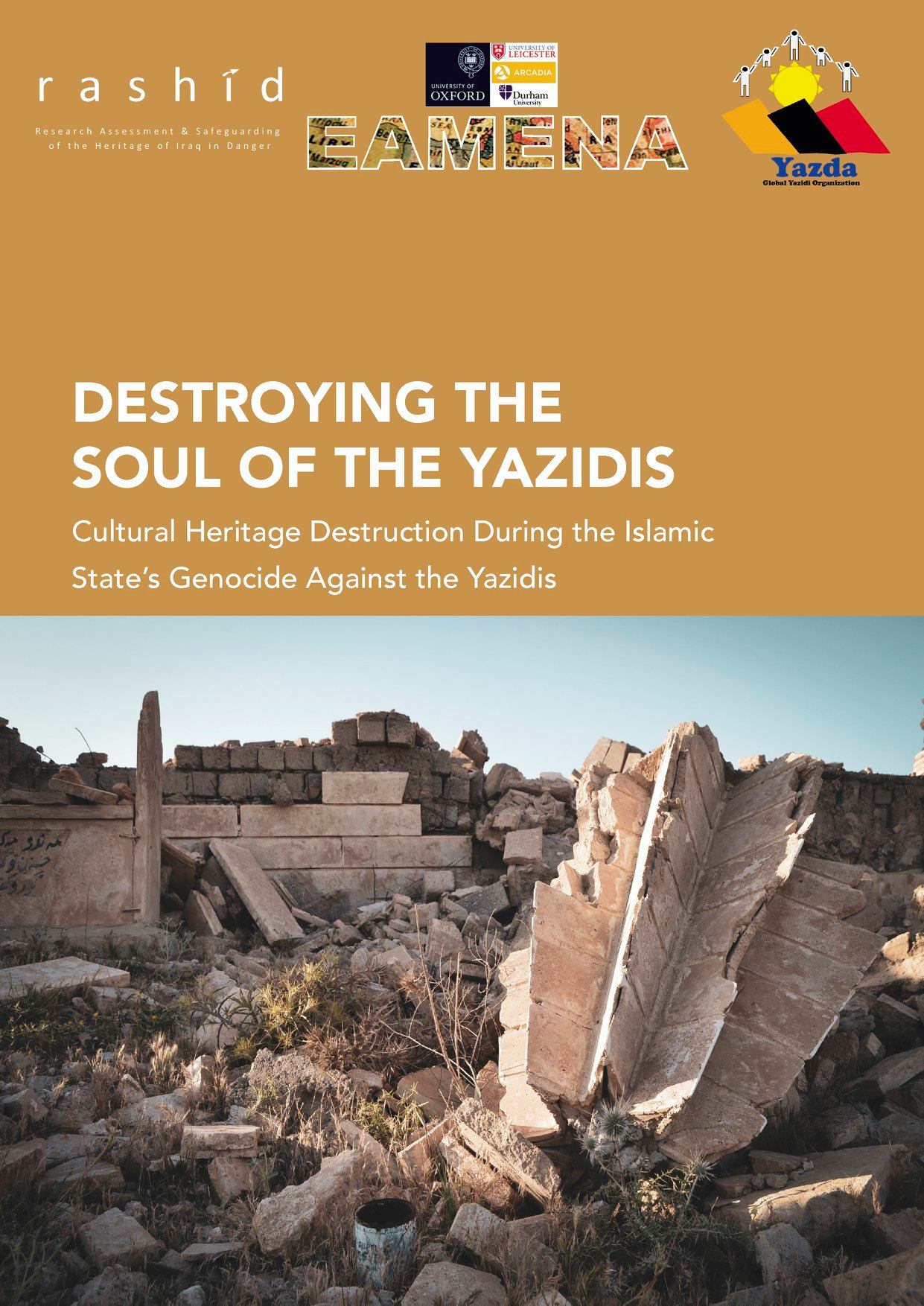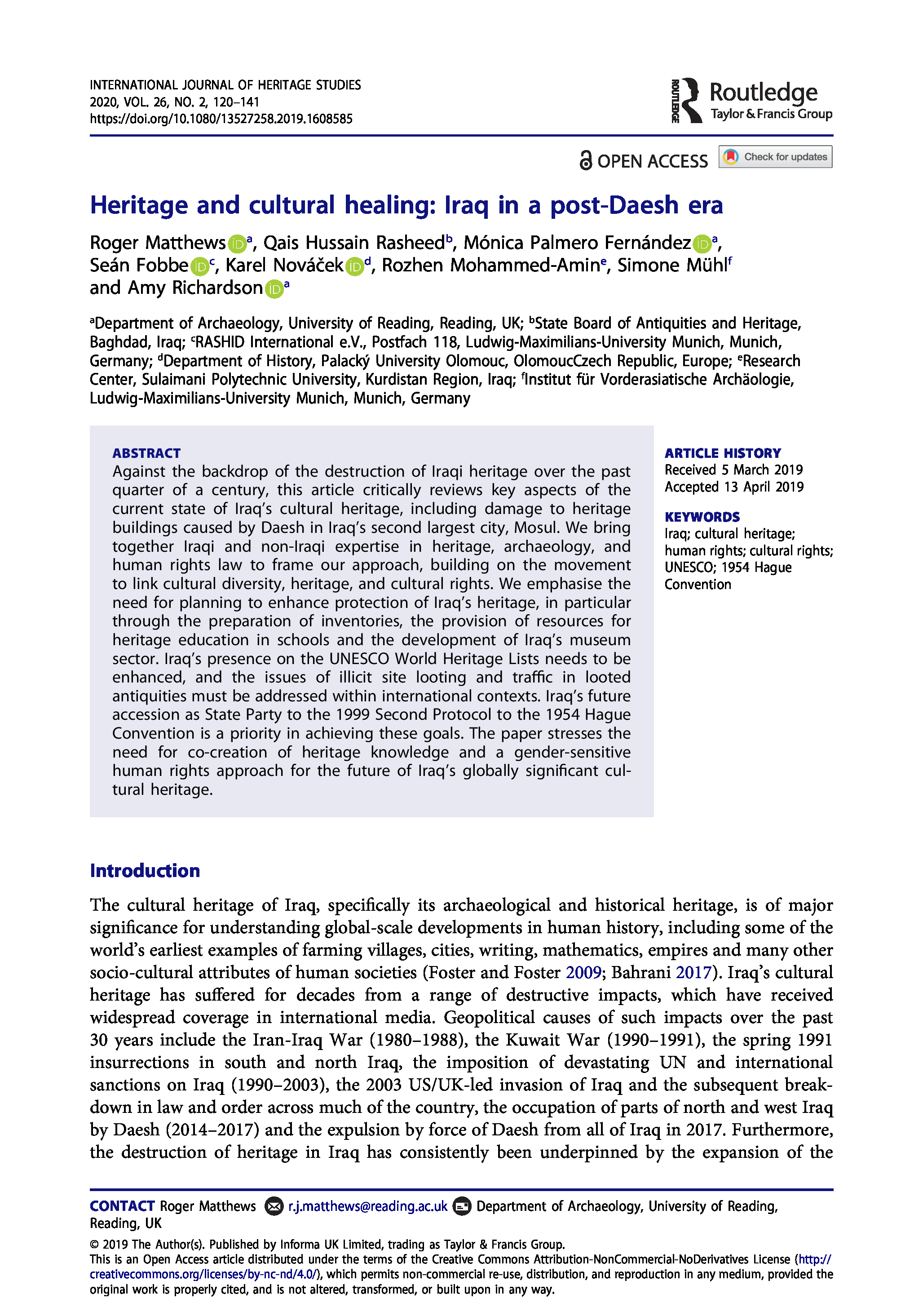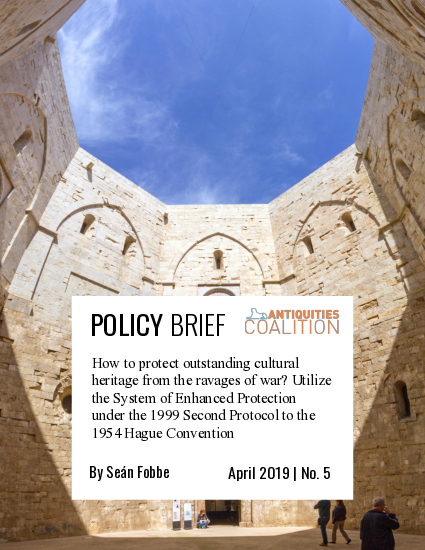Publikationen
- Vollständige Publikationsliste — orcid.org/0000-0003-3808-7730
- Volltexte und Präsentationen — publications.seanfobbe.com
Vollständige Publikationsliste Link to heading
Meine vollständige Publikationsliste (inklusive Forschungsdaten und Quellcode) finden Sie unter meiner ORCID (Open Researcher and Contributor ID), verfügbar unter diesem Link: 0000-0003-3808-7730
Publikationen im ORCID-System sind sowohl für Menschen als auch für Maschinen gut lesbar. Sie können Sie ebenfalls einfach ausdrucken. ORCID-Einträge sind aber mehr als nur eine reine Liste: sie enthalten Zitiervorschläge, Abstracts und Links zu den jeweiligen Volltexten.
Die Volltexte für alle Publikationen und Folien für meine Vorträge (zweit-)veröffentliche ich chronologisch geordnet in meinem persönlichen Zenodo (CERN)-Archiv. Sie können auf dieses entweder über die bequeme Subdomain publications.seanfobbe.com oder durch einen direkten Link zugreifen.
Ausgewählte Publikationen Link to heading
Words of Power: Introducing a Comprehensive Corpus of UN Security Council Resolutions (2025) Link to heading
In this pre-print we introduce the Corpus of Resolutions: UN Security Council (CR-UNSC), a novel international legal-political dataset containing texts and metadata for all resolutions of the United Nations Security Council (UNSC) from resolution 1 (1946) through resolution 2722 (2024), as published by the UN Digital Library (UNDL).
The dataset provides full resolution texts in all six official UN languages, draft texts and full meeting records in English, as well as dozens of metadata variables, for a grand total of 82 variables in structured tabular CSV format, accompanied by extensive narrative documentation. In addition to the main tabular dataset the CR-UNSC is accompanied by specialized variants for network analysis and bibliography management.
The network analysis variant of the dataset offers citation network data in GraphML format containing all full-text citations to UN Security Council and to UN General Assembly resolutions associated with 54 node-level metadata variables and citation counts.
The bibliography management variant reproduces a significant part of the dataset metadata in BibTeX format ready for import into widely used reference managers such as Zotero, Jabref, Citavi and Endnote. The bibliographic database ensures inclusive access to the dataset for traditional researchers with no expertise in data analysis.
The computational workflow is engineered as a fully automated end-to-end extract-transform-load (ETL) data pipeline with citation analysis and NLP components, unit tests and extensive reporting. The declarative workflow is fault-tolerant, resumable and stores intermediate results in over one hundred individual checkpoints. The code is published open source under the GNU General Public License Version 3 (GPLv3).
We intend to update the corpus at least once per year. The most recent version of the CR-UNSC corpus will always be available open access via Zenodo through its Concept DOI located at doi.org/10.5281/zenodo.7319783.
Introducing Twin Corpora of Decisions for the International Court of Justice (ICJ) and the Permanent Court of International Justice (PCIJ) (2022) Link to heading
In this article I present the first two of a new series of open and high-quality international legal data sets: comprehensive, fully reproducible, human- and machine-readable open access collections covering one hundred years of case law of the primary judicial organs of the United Nations and the League of Nations: the Corpus of Decisions: International Court of Justice (CD-ICJ) and the Corpus of Decisions: Permanent Court of International Justice (CD-PCIJ).
Each corpus is designed to capture in its entirety the published case law of its eponymous Court, including majority opinions (judgments, advisory opinions and orders), but also the minority opinions annexed to each decision (declarations, separate opinions and dissenting opinions). The corpora are enriched with useful metadata to enhance text-as-data research and enable stand-alone metadata analyses. While each corpus can stand on its own, the twin corpora are designed to be perfectly interoperable for the purposes of analyses that wish to treat the ICJ and PCIJ as a continuous entity.
The most recent versions of the corpora will always be available open access at doi.org/10.5281/zenodo.3826444 (CD-ICJ) and doi.org/10.5281/zenodo.3840479 (CD-PCIJ).
- [Open Access] Introducing Twin Corpora of Decisions for the International Court of Justice (ICJ) and the Permanent Court of International Justice (PCIJ) (JELS 2022)
- [Open Access] Corpus of Decisions: International Court of Justice (CD-ICJ)
- [Open Access] Corpus of Decisions: Permanent Court of International Justice (CD-PCIJ)
Destroying the Soul of the Yazidis: Cultural Heritage Destruction during the Islamic State’s Genocide against the Yazidis (2019) Link to heading
On 2 August 2019, the eve of the 5th anniversary of the attacks on Sinjar by the Islamic State (IS), RASHID International, Yazda and the Endangered Archaeology in the Middle East and North Africa Project (EAMENA) released the results of their investigation into cultural heritage destruction during the genocide against the Yazidis, in a report entitled ‘Destroying the Soul of the Yazidis: Cultural Heritage Destruction during the Islamic State’s Genocide against the Yazidis’.
Out of the total of 68 sites reported destroyed we consider 16 sites in the Bahzani/Bashiqa area and 8 in the Sinjar area to which access was possible and which could be documented.
Discussions of the genocide committed against the Yazidi people by IS from 2014 onwards have generally focused on murder, slavery and sexual exploitation. In this report we analyze the destruction of Yazidi tangible and intangible cultural heritage as a significant facet of the Islamic State’s policy of ethnic cleansing and genocide. Evidence of destruction is collected and presented in context with other criminal acts.
A revised and updated version of the report was published as a peer-reviewed paper in the Asian Yearbook of Human Rights and Humanitarian Law (AYHL). The AYHL is edited by Professor Javaid Rehman, the United Nations Special Rapporteur on the human rights situation in the Islamic Republic of Iran.
- [Open Access] Destroying the Soul of the Yazidis: Cultural Heritage Destruction during the Islamic State’s Genocide against the Yazidis (RASHID International/Yazda/EAMENA 2019)
- [Open Access] Cultural Heritage Destruction during the Islamic State’s Genocide against the Yazidis (Manuscript 2021)
- [Open Access] Cultural Heritage Destruction during the Islamic State’s Genocide against the Yazidis (AYHL 2021, vol. 5, pp. 111–144)
Heritage and Cultural Healing: Iraq in a post-Daesh Era (2020) Link to heading
We bring together Iraqi and non-Iraqi expertise in heritage, archaeology, and human rights law to frame our approach, building on the movement to link cultural diversity, heritage, and cultural rights. We emphasise the need for planning to enhance protection of Iraq’s heritage, in particular through the preparation of inventories, the provision of resources for heritage education in schools and the development of Iraq’s museum sector. Iraq’s presence on the UNESCO World Heritage Lists needs to be enhanced, and the issues of illicit site looting and traffic in looted antiquities must be addressed within international contexts.
Iraq’s future accession as State Party to the 1999 Second Protocol to the 1954 Hague Convention is a priority in achieving these goals. The paper stresses the need for co-creation of heritage knowledge and a gender-sensitive human rights approach for the future of Iraq’s globally significant cultural heritage.
Policy Brief: The Enhanced Protection System (2019) Link to heading
In addition, the system of Special Protection under the 1954 Hague Convention is in a state of relative dormancy due to its requirement that sites be located an adequate distance from military objectives, and because of the politicization of the inscription process during the Angkor debacle of the 1970s. World Heritage status functions as a stop-gap measure for some sites, but is financially infeasible for most States and, in any case, provides no additional legal protection.
The system of Enhanced Protection under the 1999 Second Protocol to the 1954 Hague Convention addresses these shortcomings by uniting three important considerations: wider scope, ease of access, and strong legal protection. This article recommends that States ratify the 1999 Second Protocol, nominate relevant sites and objects for Enhanced Protection, and support the system of Enhanced Protection by providing and requesting financial and technical assistance from the Fund for the Protection of Cultural Property in the Event of Armed Conflict.




